Before Take Off
The loading of the Caravan is similar to most other turbine jump airplanes. There are 2 benches that the skydivers straddle and face the back of the airplane. Make sure that no one sits in the very back near the back wall, and trust me, they will try and sit there no matter how many times you tell them not to. It’s not quite as big of a deal if you have a light load. But I have definitely noticed some CG issues on that with heavier loads.
One of the most critical parts of any Caravan pilots day is avoiding a “hot start”. A hot start is when temperatures rise above 1090 degrees Celsius in the combustion section and cause internal damage to the engine on start up. You may have a hot start if you have a weak battery, if the emergency power lever is not stowed or if the bleed air switch was left on. Most hot starts are the fault of the pilot, it is very rare for a Caravan to have a true hot start. If you cause one, you more than likely will be looking for another job in the near future. The engine will need to be removed and tore down for a complete internal inspection at the very least.
After start up, be sure and check to see that you do not have a fuel imbalance greater than 200lbs. If you do, turn the lighter tank switch off, in order to burn off fuel from the heavier side. You should burn enough fuel during your taxi and run up to equal things out a little. Monitor that fuel imbalance in the air as well. I’ve flown a Caravan that liked to drink from one tank more than the other and I had to constantly monitor that.
I know a lot of us jump pilots fly from rough airstrips, so be sure and make use of the Inertial Separator while taxiing. It will minimize ingestion of foreign matter into the compressor. Just be sure and stow it before take off or you will notice a great reduction in take off power and it is very hard to stow with full throttle.
Take Off
As part of your GUMPSFITS check, add 20 degrees of flaps for take off. Advance the throttle slow and steady. As with most airplanes, it will let you know when its ready to rotate, but it’s usually around 70 KIAS because we’re usually heavy. Obviously, when we’re lighter, it will want to get off the ground sooner or at a lower airspeed. Climb out initially at around 90 KIAS and then lower the nose to 100 KIAS, which is slightly less than Vy (104 KIAS). That speed seems to work the best for the C208B. As with any jump plane you fly, initially you should experiment with different airspeeds while timing yourself. Your torque should be Max. until ITT or Ng limit. Retract flaps 10 degrees at a time starting at 1000 ft AGL. Check in with ATC.
Jump Run
Once on jump run your airspeed should be at 85 KIAS, your flaps at 10 degrees, torque between 600-900ft-lbs and prop RPM at 1850. It will be possible to lower that airspeed and RPM slightly as you get more comfortable flying this airplane. At about 2 miles out turn the red door light on. Make your 2 minute call to ATC and then a 1 minute call on CTAF. Turn on the green jump light. While the jumpers are exiting, make sure that your tail never gets low. I have personally never had a skydiver strike the horizontal stabilizer of the Caravan, but I have heard of it happening.
It is important to note that a lot of Grand Vans have a front float step and you will notice that if someone is on it they will be very close to the left flap trailing edge. I have had inexperienced jumpers on that front float step bend the corner of the flap with their rig. Brief your video and fun jumpers not to lean up against the flap. Luckily most DZs will only allow experienced jumpers to use the front float step but even some of them do not realize how easily they can bend it.
Descent
We jump pilots are basically doing an emergency descent on every flight. As soon as the last skydiver exits, put the flaps up, power to idle and jump light off while simultaniously lowering the nose. Constantly scan for other air traffic that might be in the area and/or any skydivers that might have pulled high. The maximum cargo door open airspeed is 155 KIAS. Your descent rate will be around 5000 ft/min. If it’s your last load of the day, be sure and thank ATC for all their help. They appreciate it and it’s the least we can do, considering that they look out for us every day. For landing, use full flaps unless it’s windy. After landing, again, if you’re on a dirt or similar airstrip, use the inertial separator.
If your’re a new turbine pilot be sure and read the book The Turbine Pilot’s Flight Manual. Most pilot’s that have moved up to the turbine world have read it and highly recommend it. Also, for the new Caravan pilots, be sure and read Caravan - Cessna’s Swiss Army Knife with Wings.
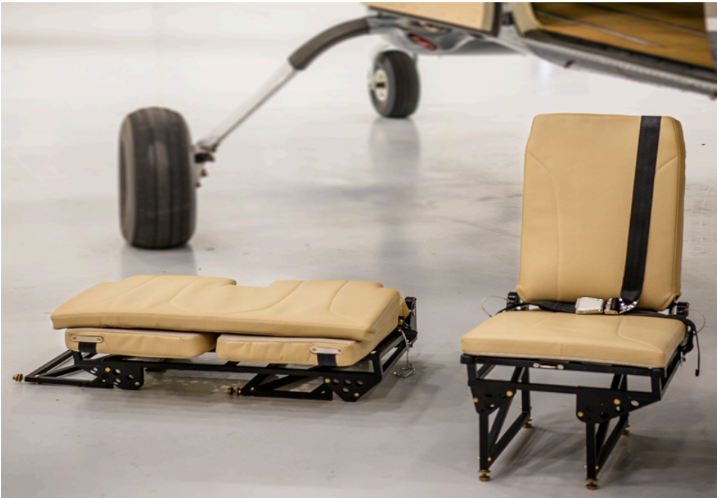
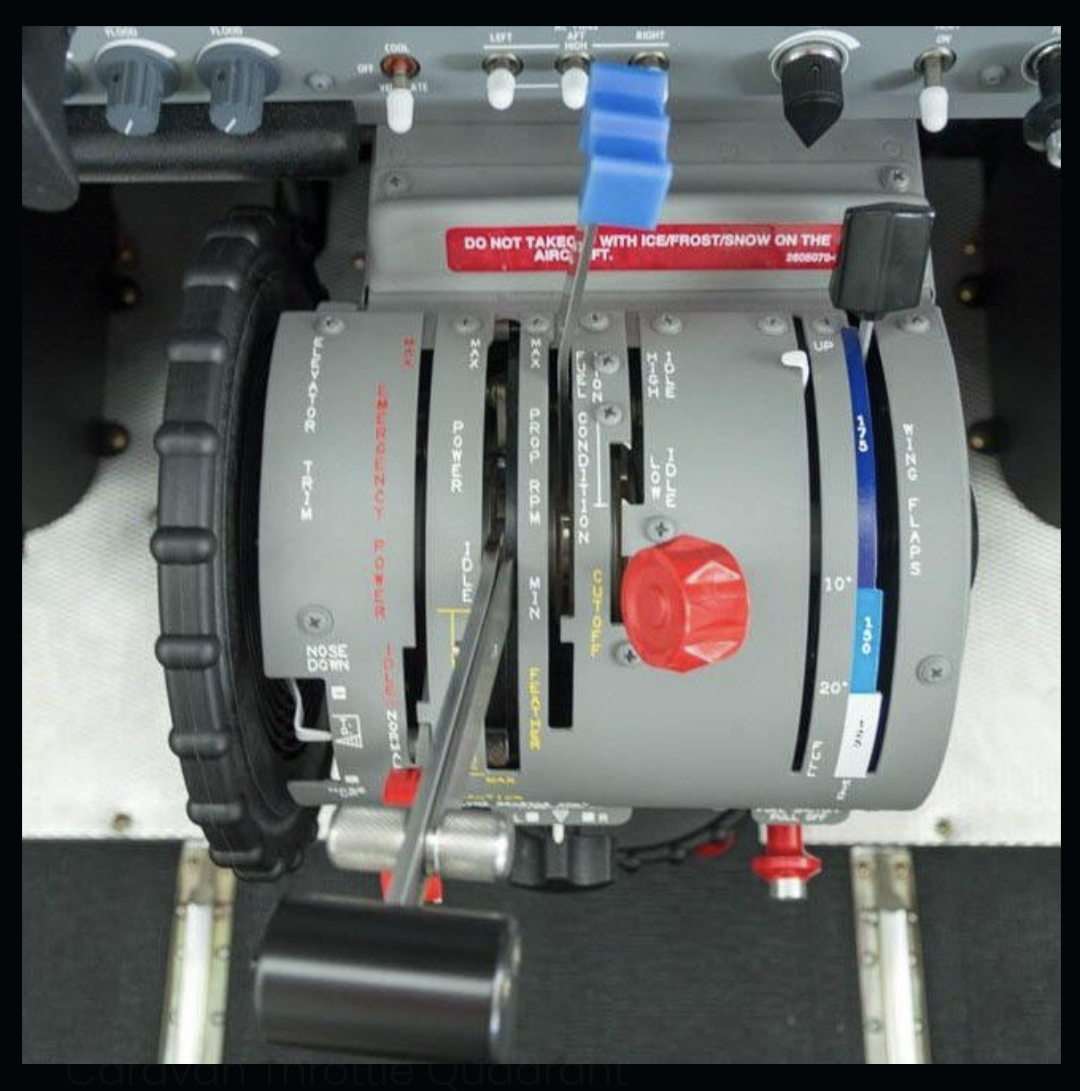

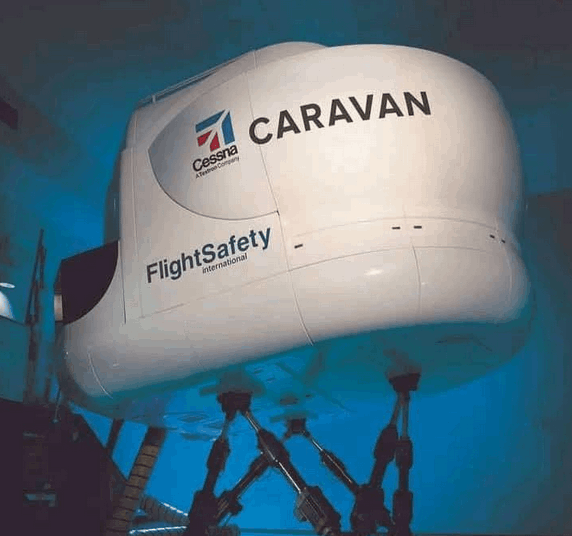
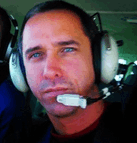
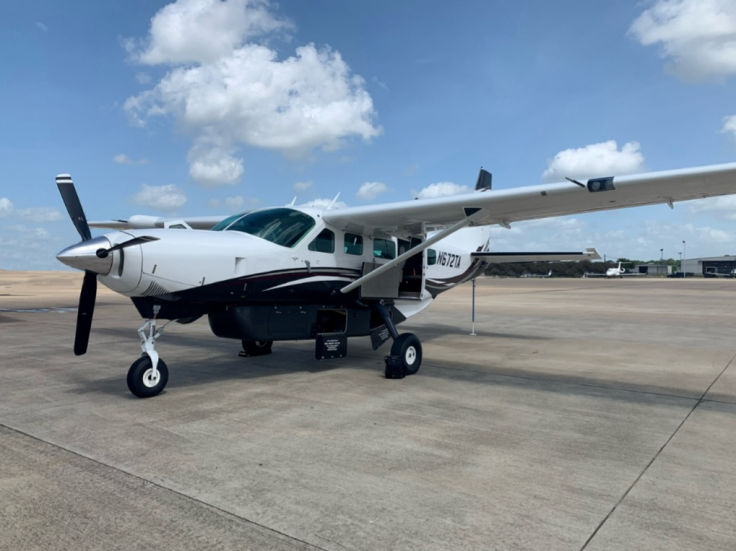
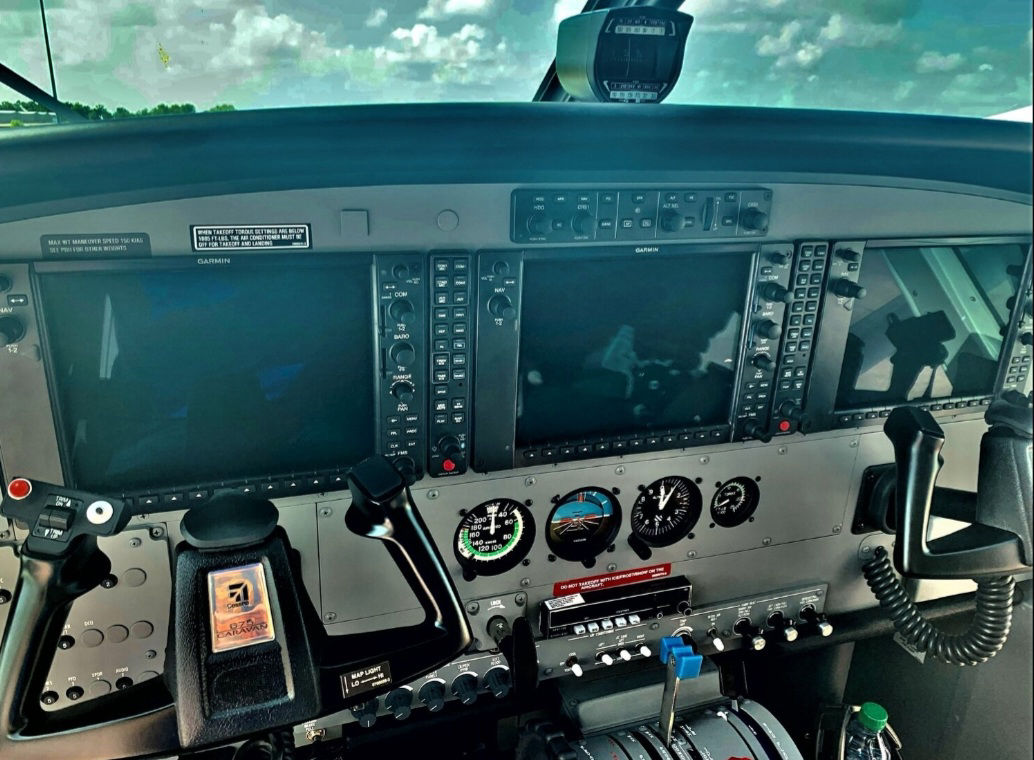
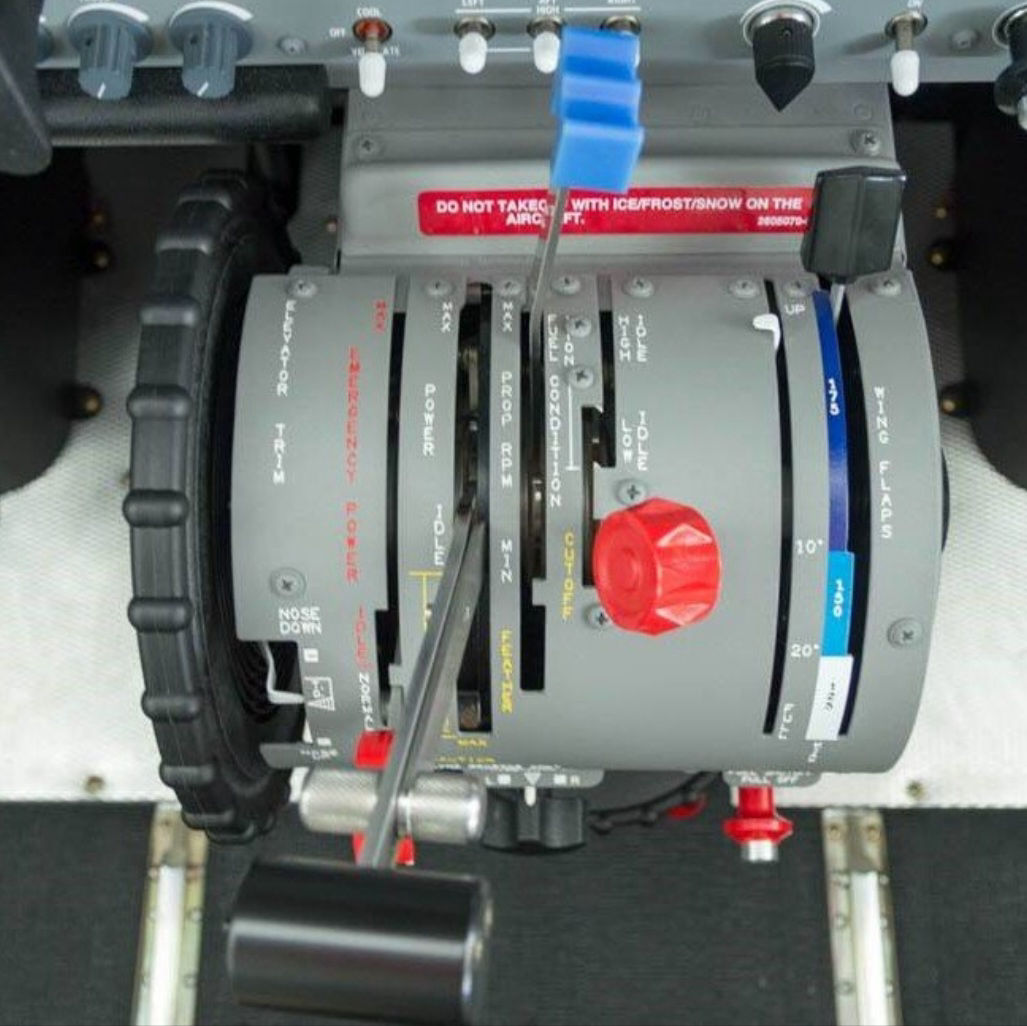
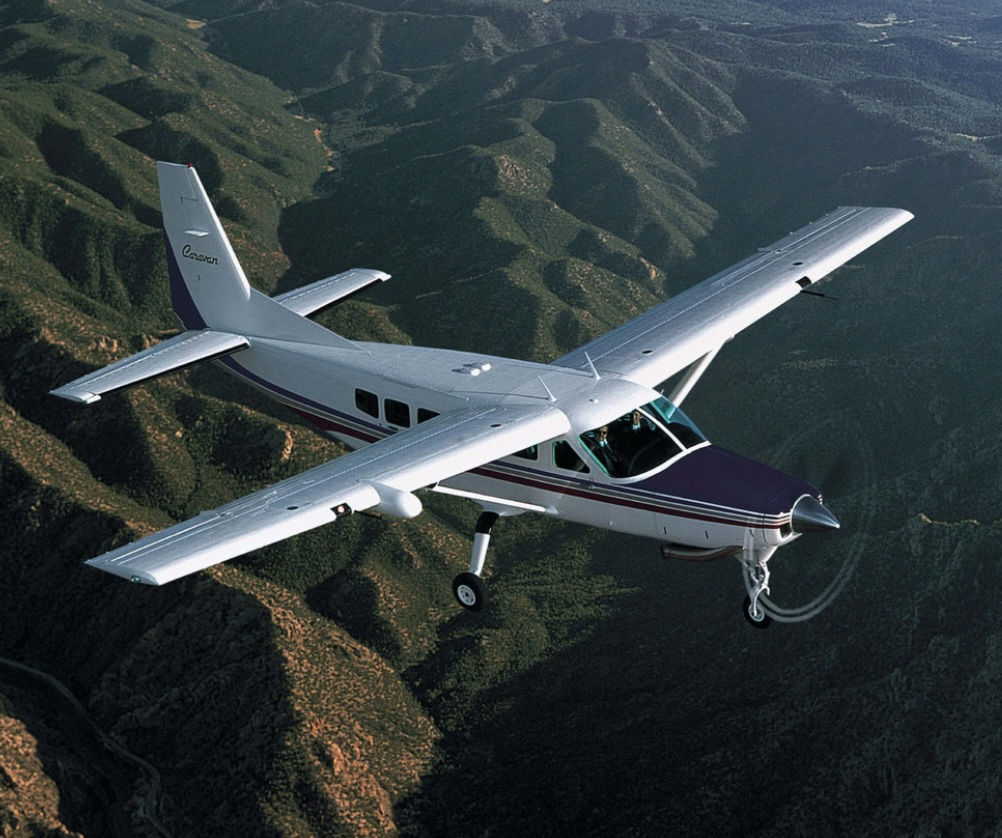
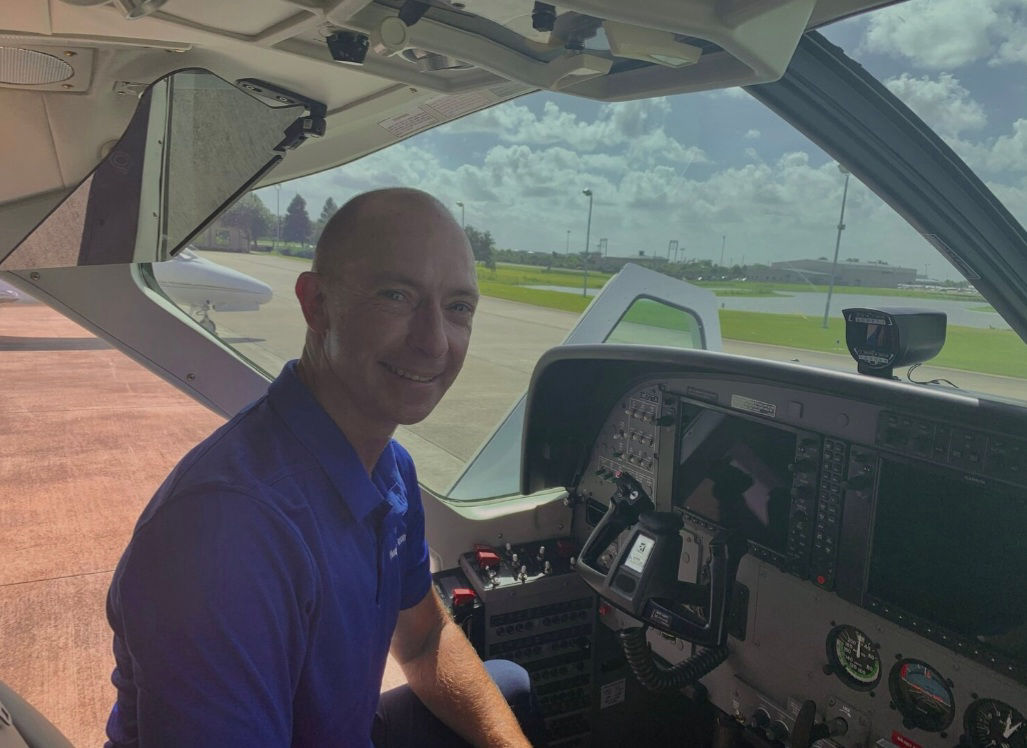
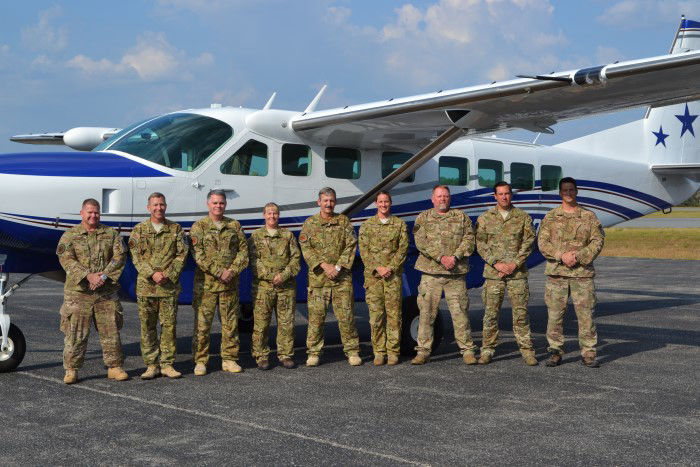
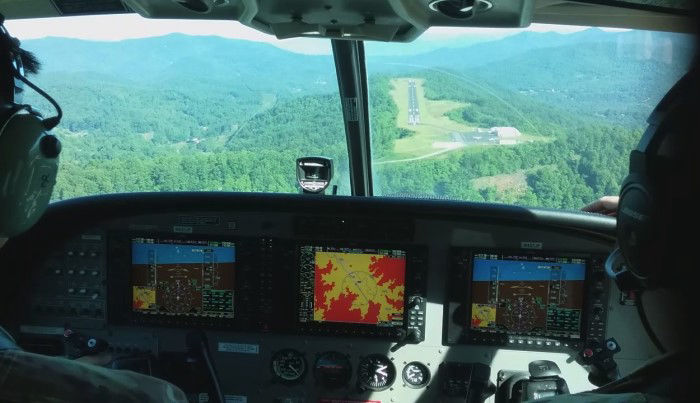
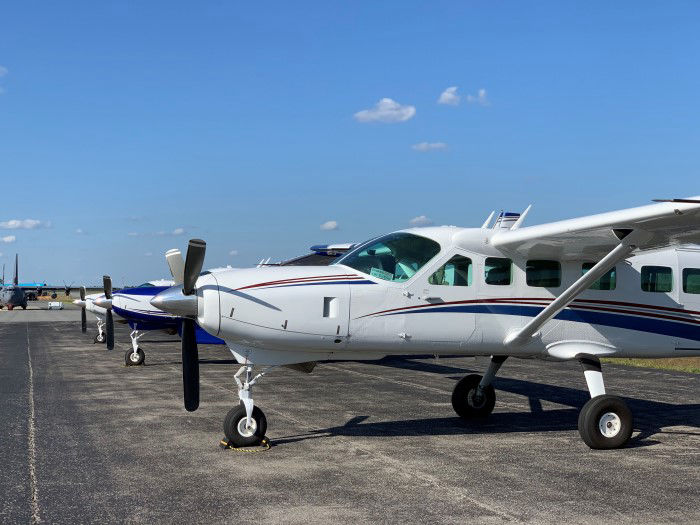
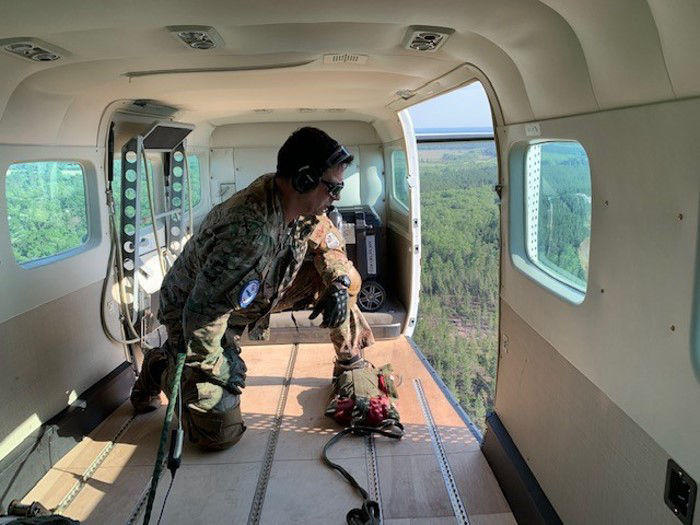
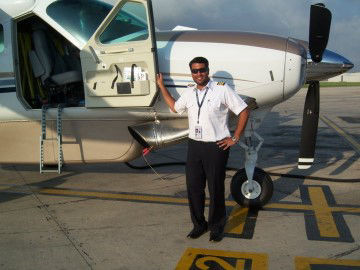
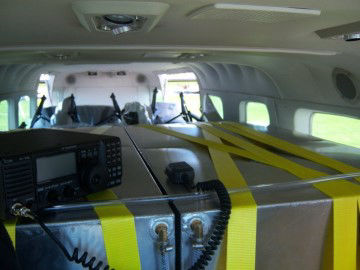
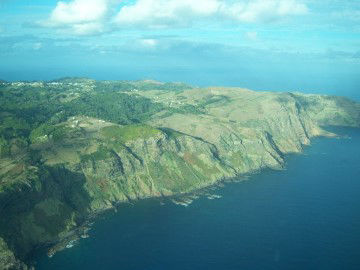
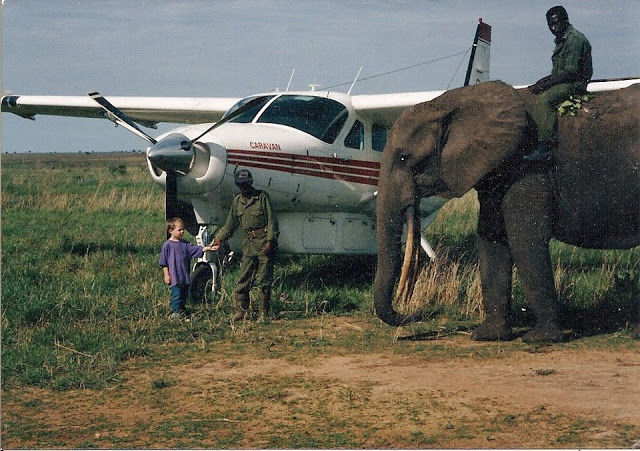
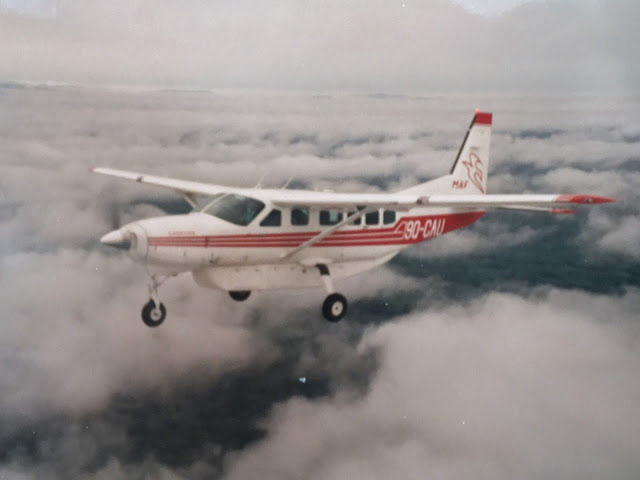
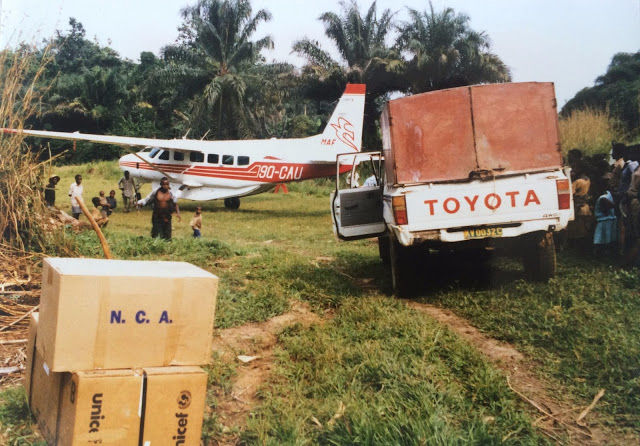
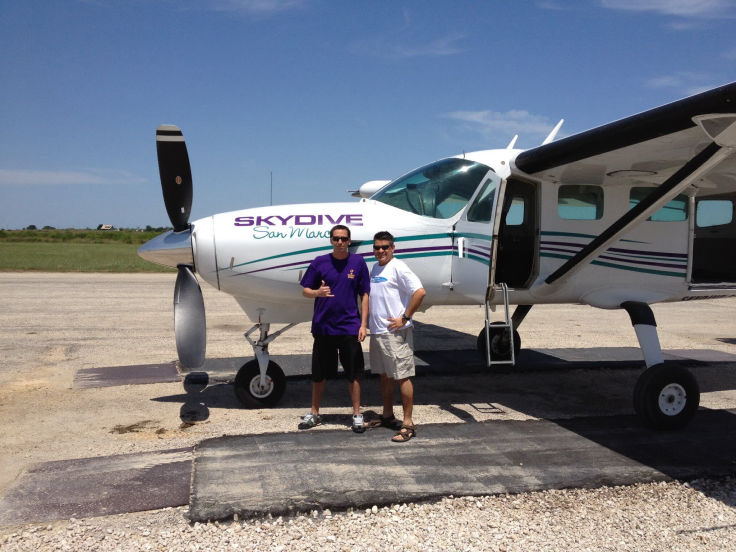
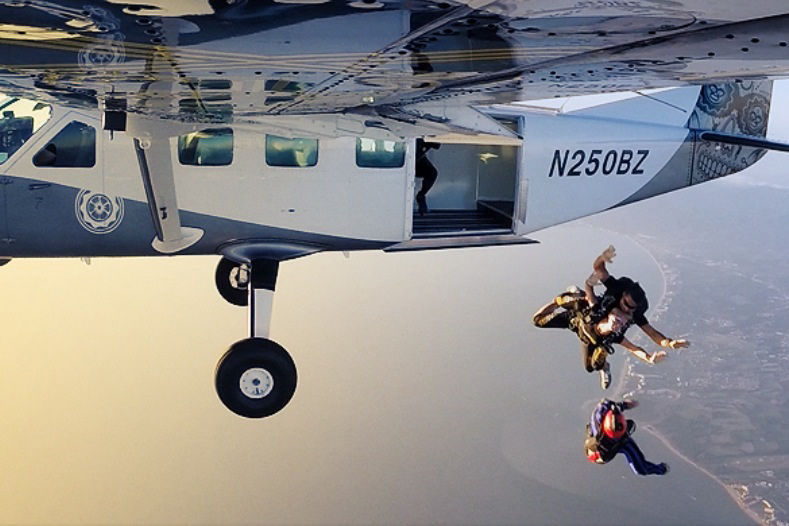
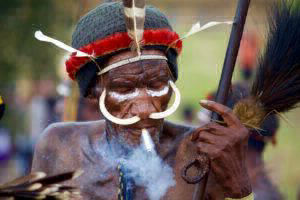
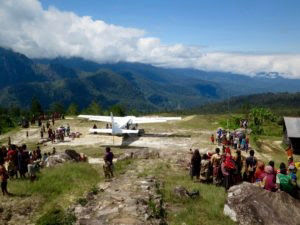
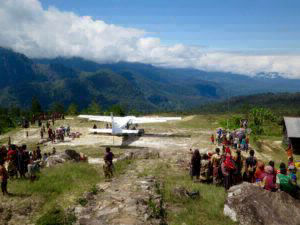

FOLLOW THE NATION ON SOCIAL